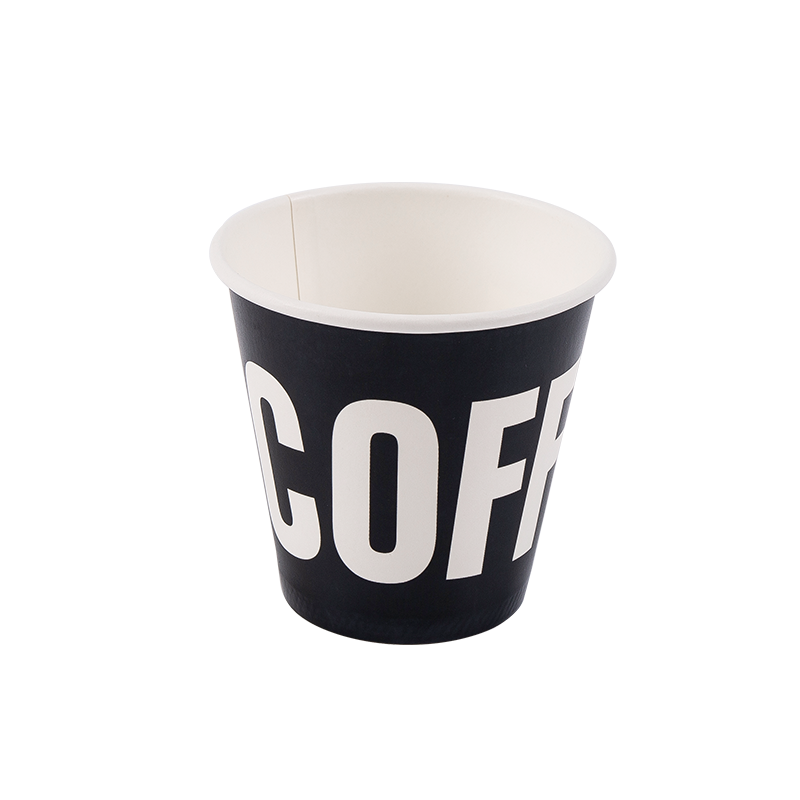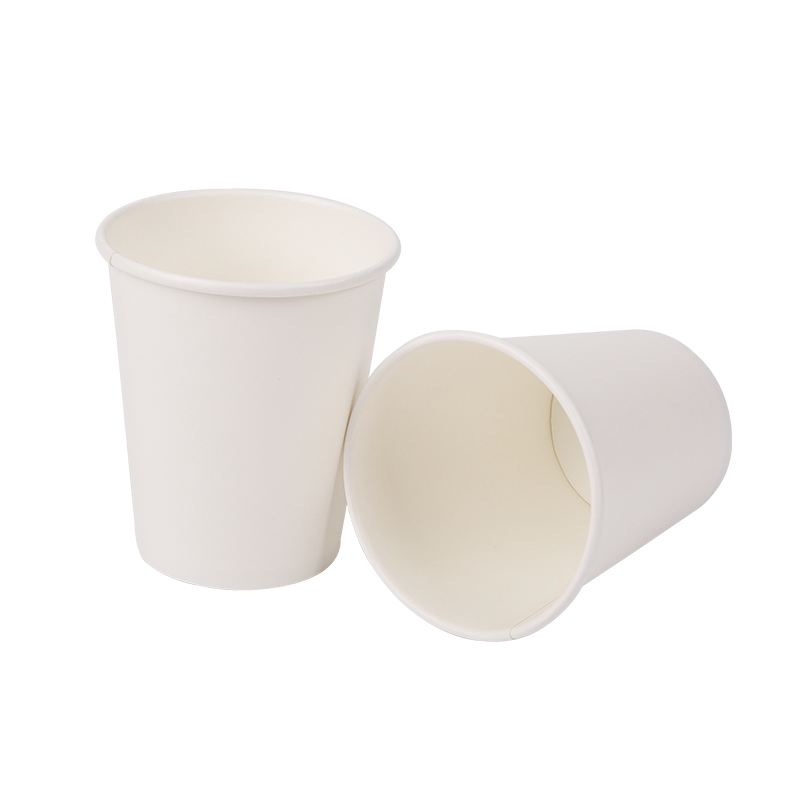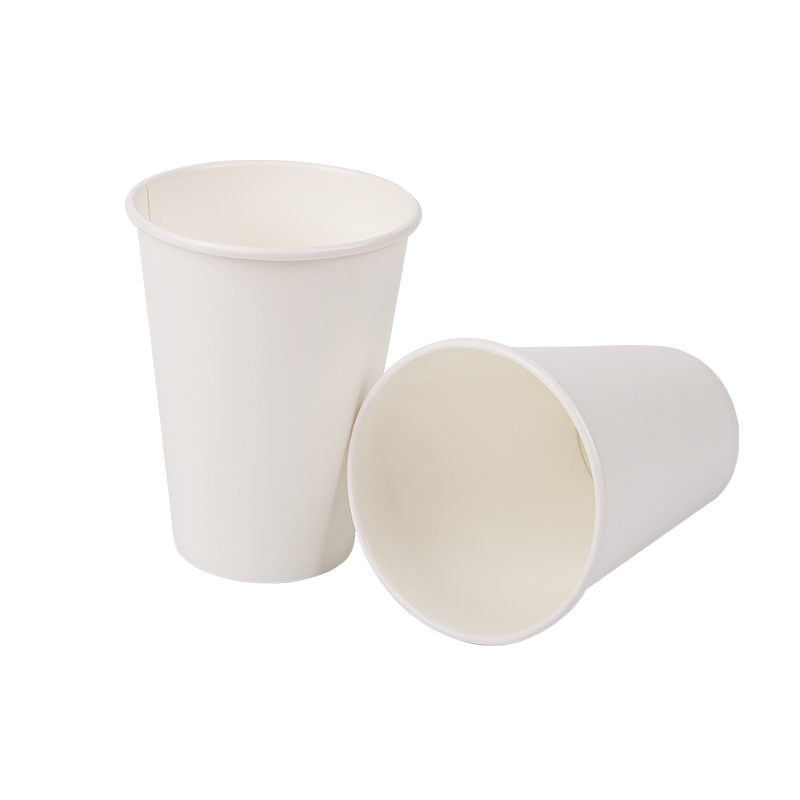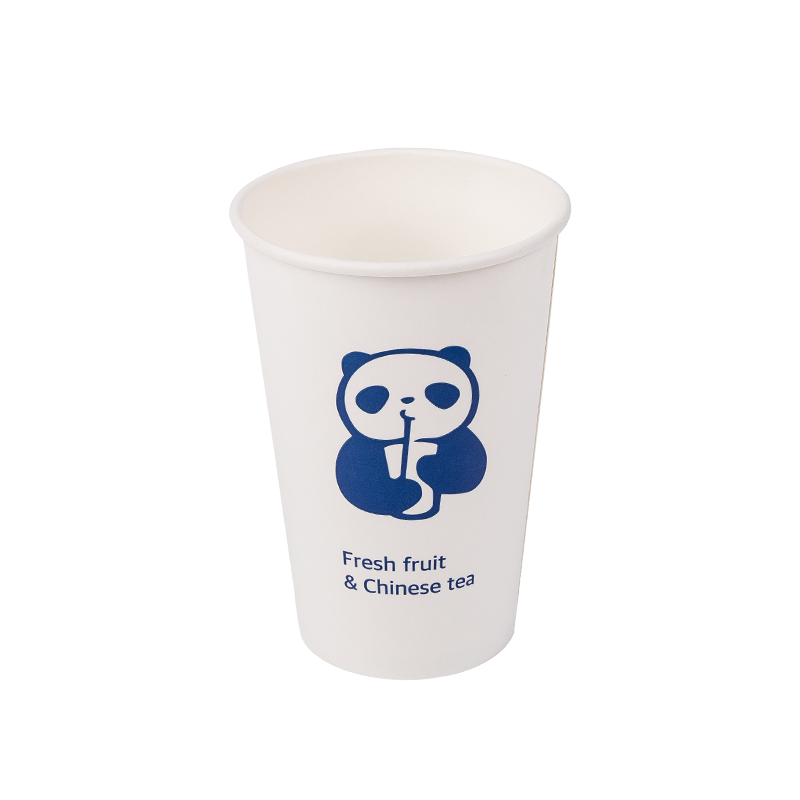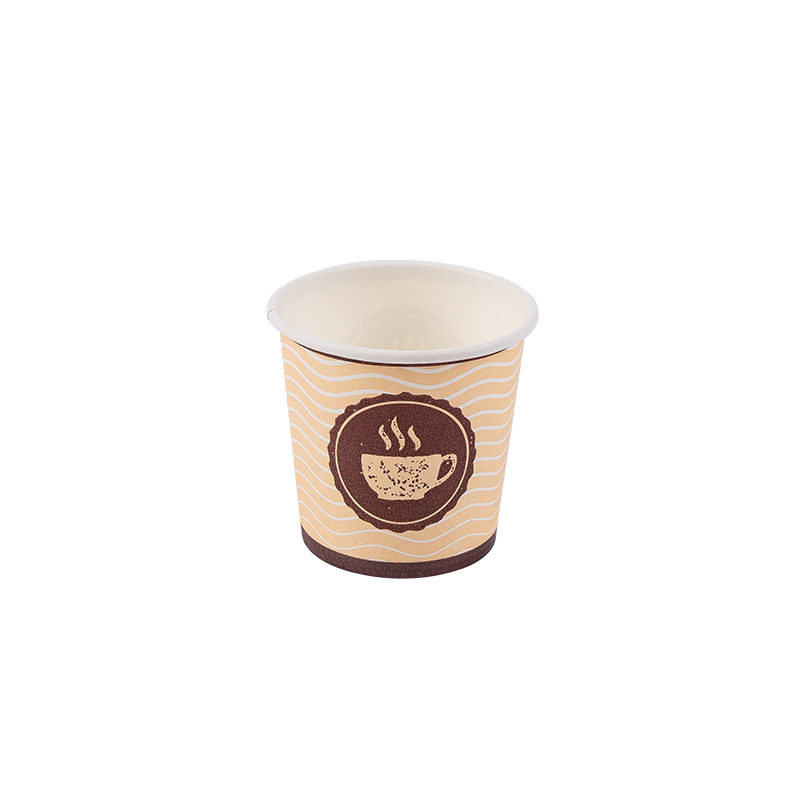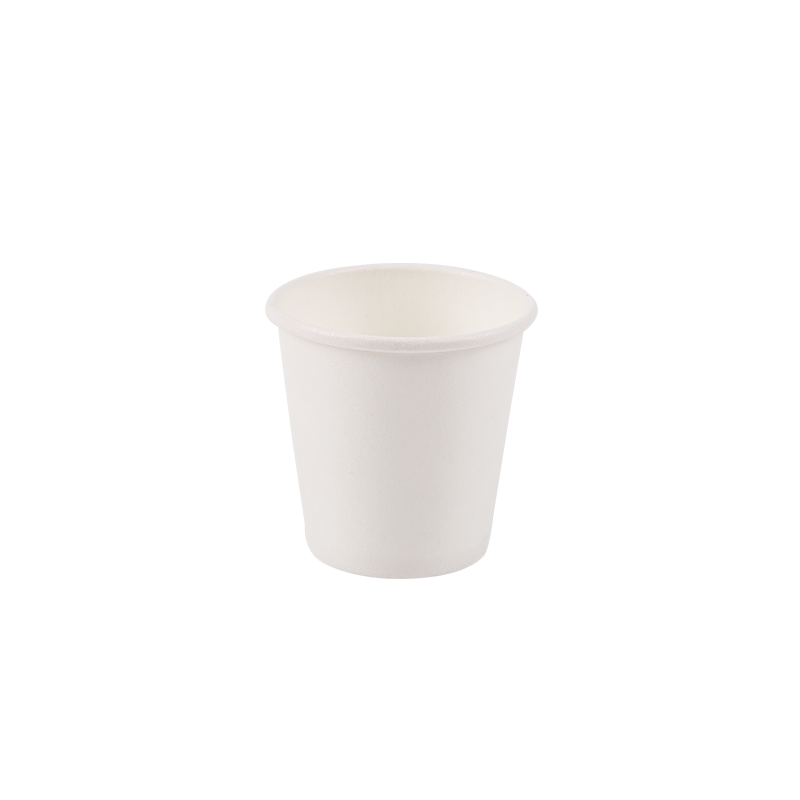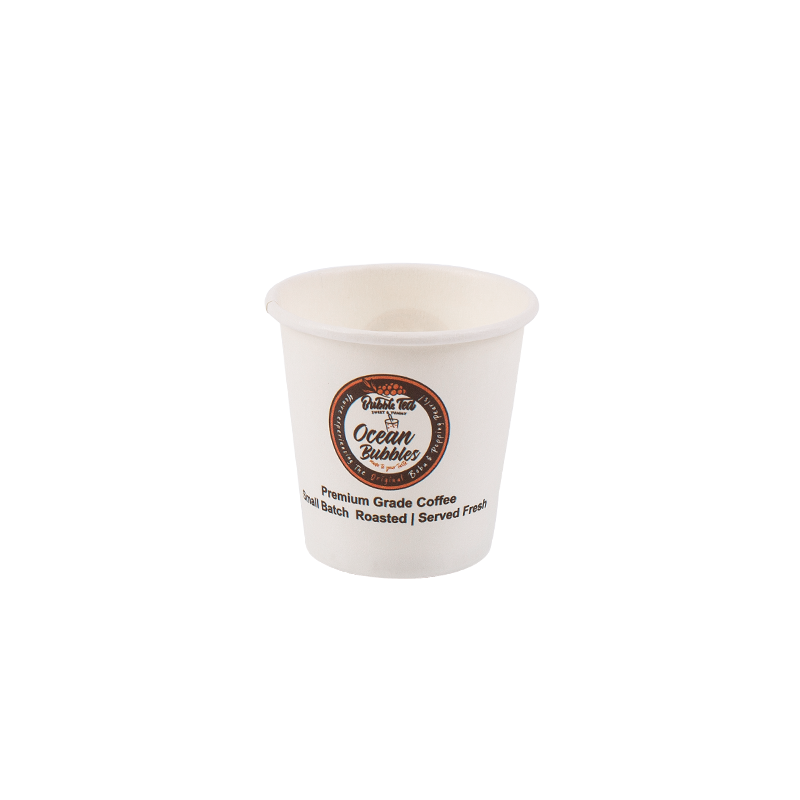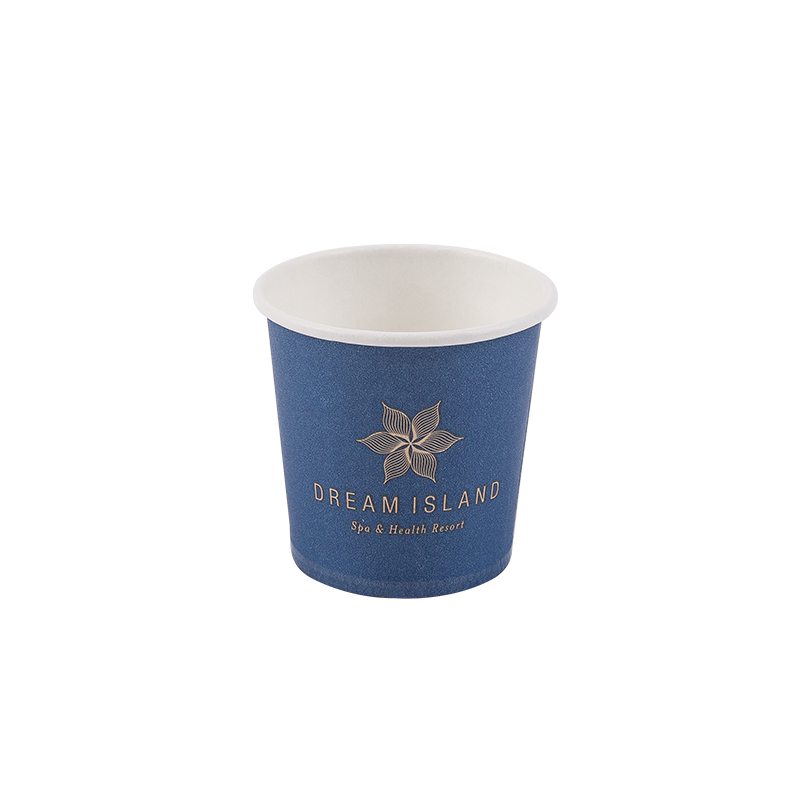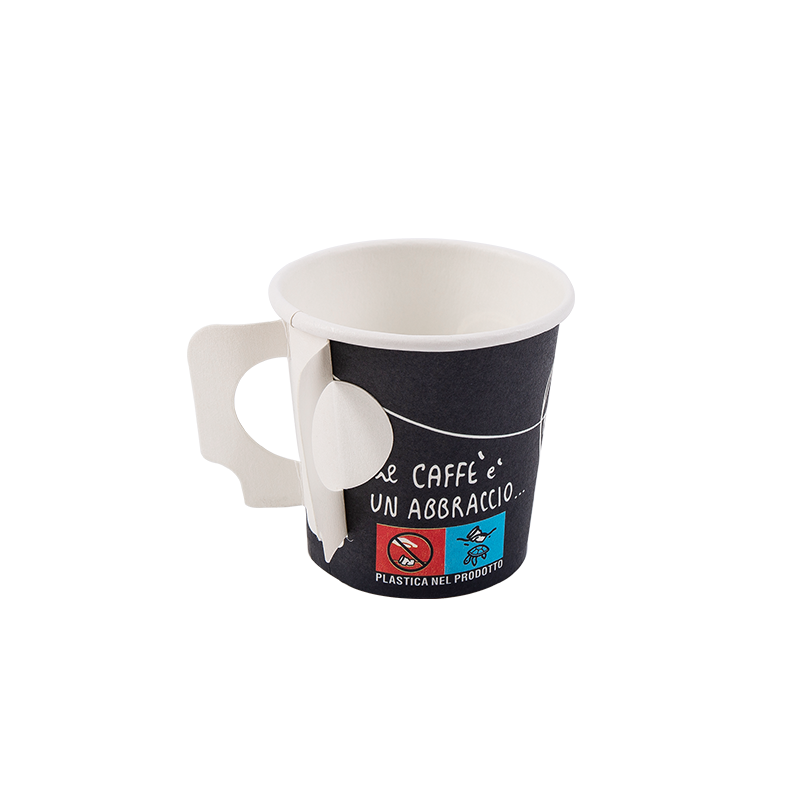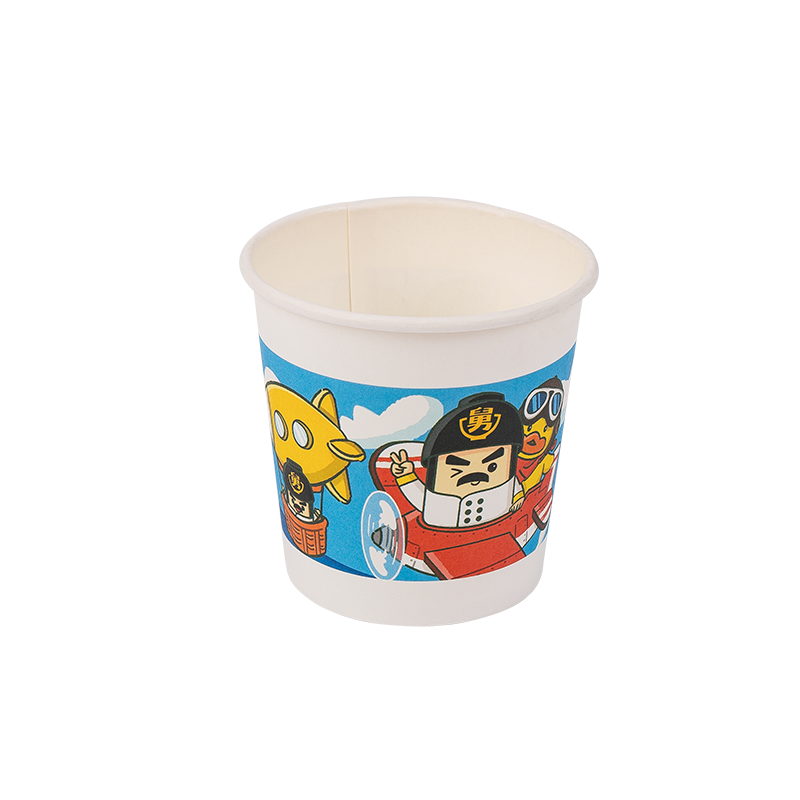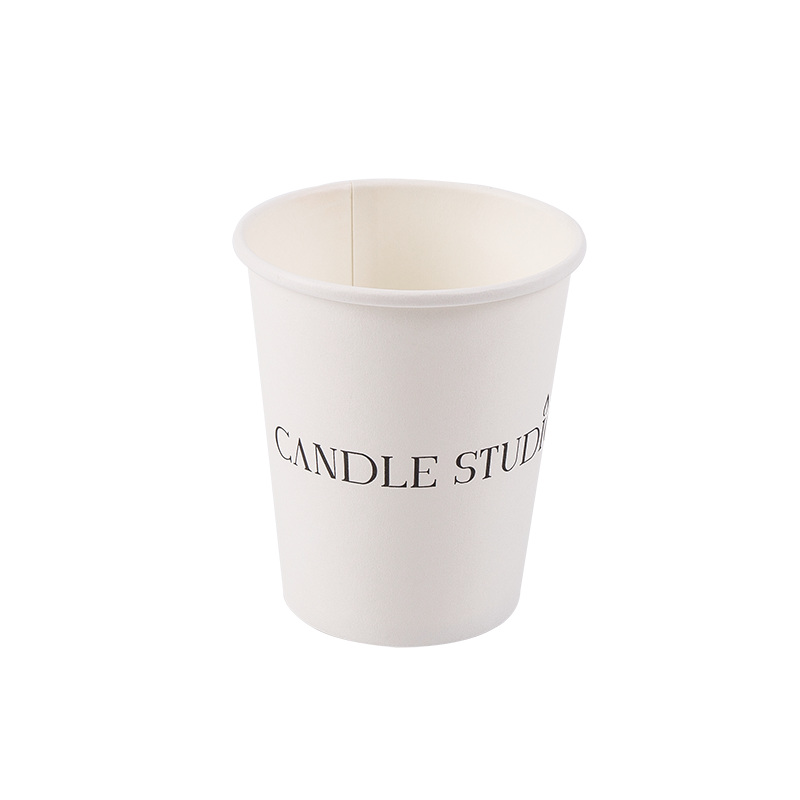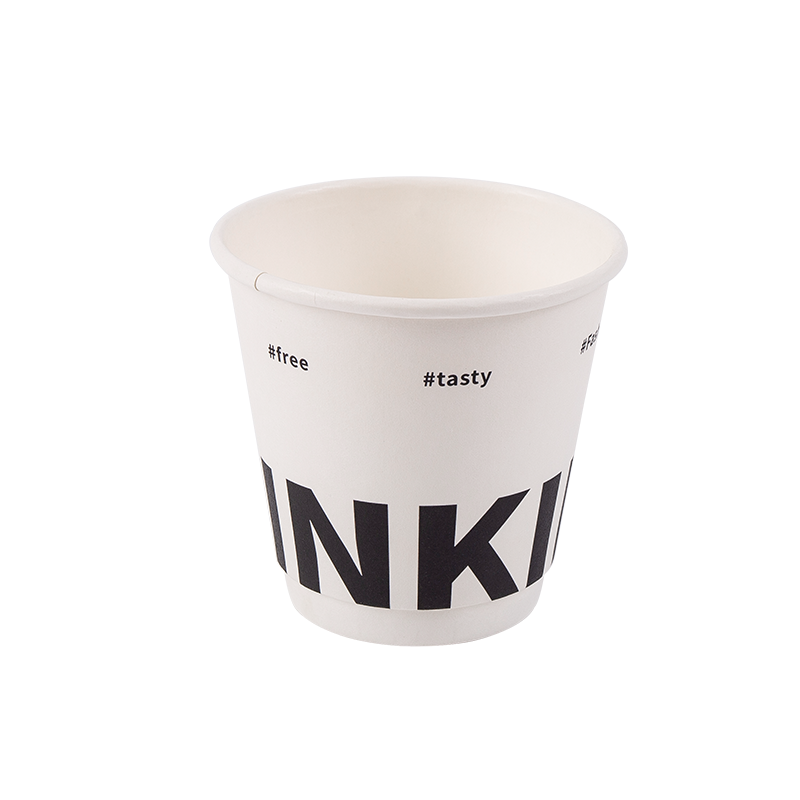In a world increasingly burdened by the environmental consequences of plastic waste, the search for sustainable alternatives has become more urgent than ever. Enter the biodegradable corrugated paper cup—a seemingly simple solution with profound implications for reducing waste and fostering eco-friendly habits. These cups, made from renewable materials and designed to break down naturally after use, represent an innovative response to one of the most pressing challenges of our time: how to balance convenience with sustainability.
At first glance, the biodegradable corrugated paper cup may look like any other disposable beverage container. However, its unique construction sets it apart. The outer layer is crafted from corrugated paper, which provides insulation and strength while maintaining a lightweight profile. This design eliminates the need for additional sleeves or holders often required to handle hot beverages in traditional paper cups. Inside, a plant-based lining replaces the petroleum-derived plastic coatings commonly used in conventional cups. This ensures that the cup remains leak-proof and suitable for both hot and cold drinks without compromising its ability to decompose naturally.
The term "biodegradable" is key to understanding why these cups are so significant. Unlike their plastic counterparts, which can persist in landfills or oceans for hundreds of years, biodegradable cups are engineered to break down into organic matter when exposed to natural elements such as sunlight, moisture, and microorganisms. Depending on the specific material composition, many biodegradable cups will fully decompose within weeks or months under industrial composting conditions. Even in home composting setups, they degrade far more quickly than traditional plastics, leaving behind no harmful residues.
One of the standout benefits of biodegradable corrugated paper cups lies in their reduced carbon footprint. The production process typically relies on sustainably sourced raw materials, such as recycled paper pulp or fast-growing plants like bamboo. These resources require less energy to harvest and process compared to the extraction and refining of fossil fuels needed for plastic manufacturing. Additionally, because the cups are designed to degrade naturally, they help minimize the accumulation of non-recyclable waste, further easing the strain on global waste management systems.
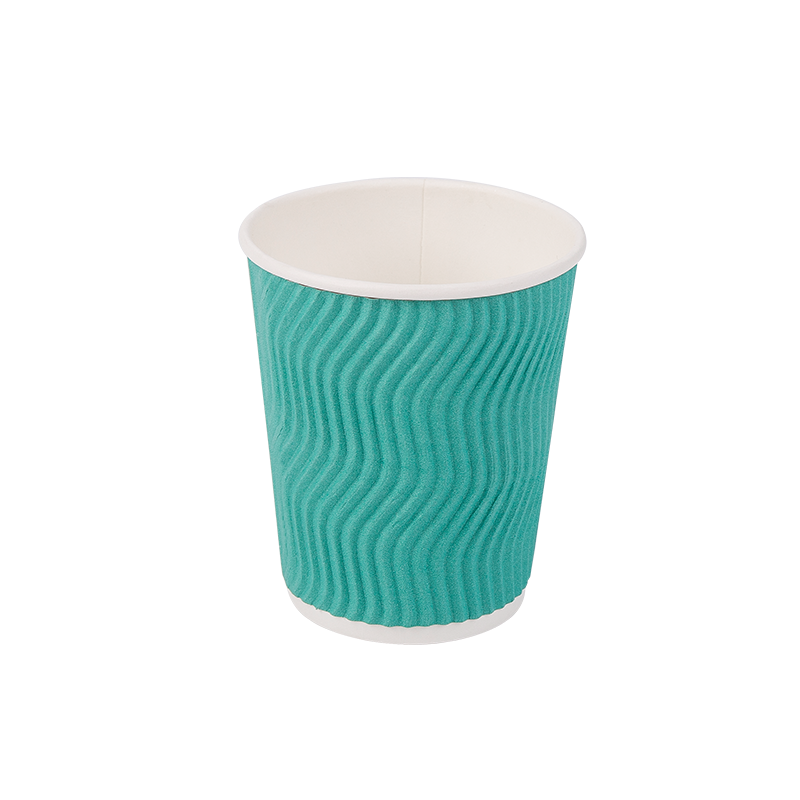
From a consumer perspective, the appeal of biodegradable corrugated paper cups extends beyond their environmental advantages. Their insulated structure makes them comfortable to hold, even when filled with steaming coffee or tea. For businesses, switching to these cups can enhance brand reputation by aligning with growing consumer demand for environmentally responsible products. Cafés, restaurants, and event organizers who adopt biodegradable options send a clear message: they care about the planet and are willing to invest in solutions that prioritize long-term ecological health over short-term profits.
Of course, widespread adoption of biodegradable corrugated paper cups isn't without its challenges. One concern is ensuring proper disposal. While these cups are designed to break down naturally, they still require access to appropriate composting facilities to achieve optimal decomposition rates. Without adequate infrastructure, some cups may end up in regular trash streams, where they won’t degrade as intended. Education and awareness campaigns are essential to inform consumers about how to dispose of these products responsibly. Governments and municipalities also play a critical role in expanding access to composting programs and incentivizing businesses to transition away from single-use plastics.
Another consideration is cost. Biodegradable materials often come at a premium compared to traditional plastics or standard paper cups. However, this upfront expense must be weighed against the broader economic and environmental costs associated with plastic pollution. Investing in sustainable alternatives now could save billions in cleanup efforts and healthcare expenses related to pollution-induced illnesses in the future.
Ultimately, the rise of biodegradable corrugated paper cups reflects a broader cultural shift toward sustainability. As individuals, businesses, and governments increasingly recognize the importance of protecting our planet, small changes—like swapping out a disposable cup—can add up to make a big difference. These cups remind us that innovation doesn’t always mean reinventing the wheel; sometimes, it means rethinking familiar objects in ways that align with our values and priorities.










 English
English русский
русский Español
Español 中文简体
中文简体